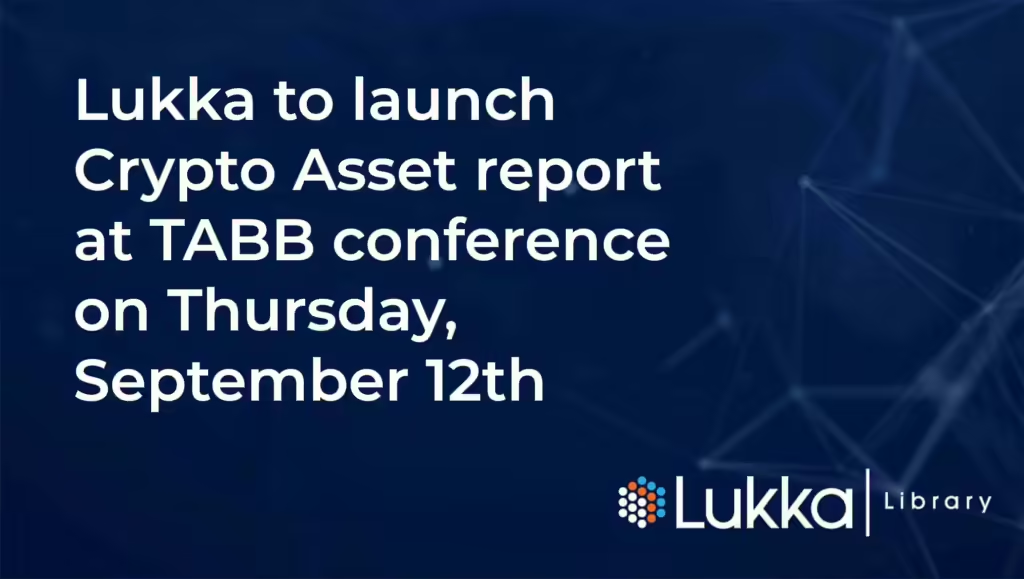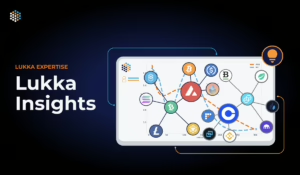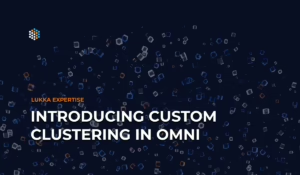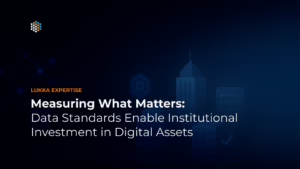Although the growth potential offered by digital asset markets is becoming increasingly attractive to traders, brokers and institutional investors, many who have entered the marketplace have encountered significant obstacles in managing, processing, and accounting for transactions. Simply stated, the technologies investors have in place to facilitate and process exchanges of traditional assets are not equipped to meet the demands of digital assets, such as cryptocurrencies.
Immature processing infrastructure is not likely to prevent firms from engaging with digital assets, but the headaches often associated with the digital asset market’s lack of connectivity and standardization can quickly drain an organization of the enthusiasm needed to expand their operations. An upcoming report by the TABB Group, Institutionalizing Crypto: Transaction Accounting and Processing Meet the Blockchain, reviews the challenges firms currently face with navigating the crypto ecosystem, challenges that Lukka is working to address with our suite of products.
The TABB Group’s report highlights the stark contrasts between the landscape for digital assets and traditional financial assets, such as stocks and bonds. A lack of standardization pervades digital asset markets, impacting everything from connectivity protocols to ticker symbols. This lack of standardization can produce major pitfalls and bottlenecks when firms move between the more than 200 active exchanges and plethora of OTC trading desks; the same symbol used on different exchanges can represent different assets, while the lack of a standard application processing interfaces means that firms need to write custom gateways for each exchange platform, and potentially each product offered on that platform, to obtain the critical information for trade execution and processing.
When peer-to-peer trading is added into the mix, the number of counterparties, wallets, and infrastructure providers institutional investors need to connect with grows exponentially.
On top of issues with connectivity and standardization, new entrants to the digital asset marketplace quickly discover the difficulties involved in crypto reconciliation. While blockchain should, in theory, eliminate the need for reconciliation, all executed transactions are not written directly to a blockchain, and those that are written to a blockchain are unlikely to be sent with all the auditable information needed for financial and regulatory reporting.
The combination of off- and on-chain transactions complicates reconciliation, with some transactions able to be validated through the blockchain while others must be validated through exchange/custodian reconciliation. These nuances create significant manual workarounds that increase costs and make processes, such as striking NAV, extremely challenging.
The issues that the TABB Group’s Institutionalizing Crypto report identifies with connectivity, standardization, and reconciliation can create significant barriers to market entry for institutional investors, but the report also notes that Lukka Crypto Office, Lukka Reference Data, and Lukka Pricing & Valuation can go a long way towards closing the gap between the digital asset and traditional financial asset ecosystems.
By creating crypto-native solutions, we’re making it easier for investors to process their transactions and reap the full benefits of owning digital assets. The report, Institutionalizing Crypto: Transaction Accounting and Processing Meet the Blockchain, will be available in full on the morning of September 12, 2019.



